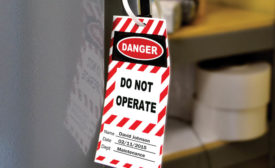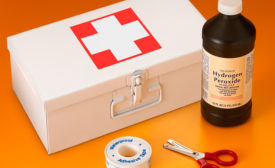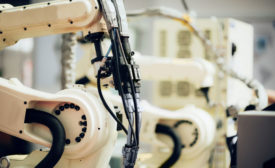Home » accident prevention
Articles Tagged with ''accident prevention''
A NTSB Safety Compass blog post
Most Wanted List Progress Report: Highway Safety
February 7, 2018
A FairWarning story
What happens when a driver kills someone while fiddling with a cellphone? Often, not much
February 6, 2018
Big Data for the little guy
Promises of a data revolution in EHS with beta launch of Logical Lock
February 5, 2018
Never miss the latest news and trends driving the safety industry
eNewsletter | Website | eMagazine
JOIN TODAYCopyright ©2024. All Rights Reserved BNP Media.
Design, CMS, Hosting & Web Development :: ePublishing








